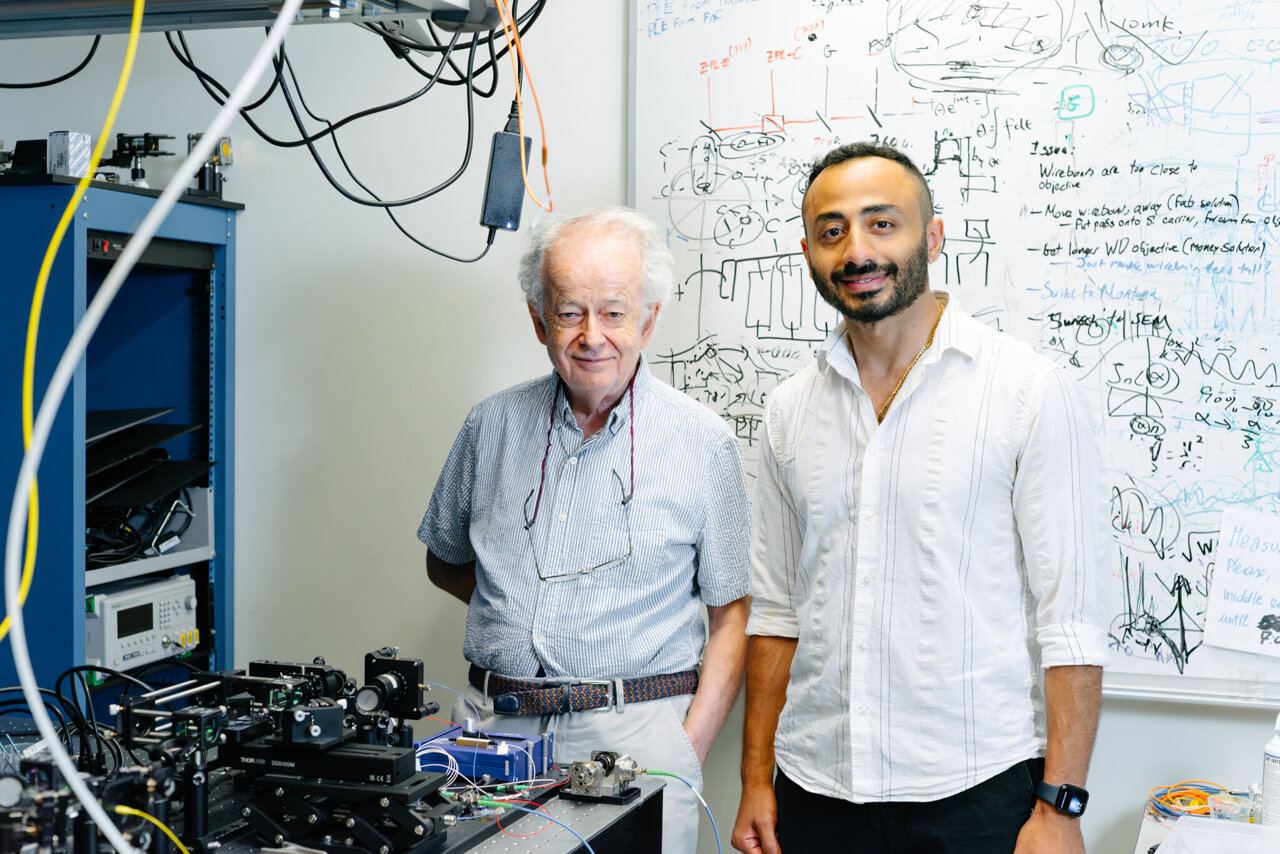Metasurfaces: The Future of Quantum Computing

The Promise of Photons in Quantum Computing
In the ongoing quest for practical quantum computers and networks, photons—fundamental particles of light—have emerged as promising candidates for carrying information at room temperature. Their ability to travel quickly and maintain coherence makes them ideal for quantum communication and computation. However, traditional methods of controlling photons often rely on complex setups involving waveguides, lenses, mirrors, and beam splitters. These systems, while effective, are challenging to scale due to their size and the high number of components required.
A New Approach: Metasurfaces for Quantum Optics
Researchers at the Harvard John A. Paulson School of Engineering and Applied Sciences (SEAS) have taken a significant step forward by developing metasurfaces—ultra-thin, flat devices etched with nanoscale patterns that manipulate light. These metasurfaces offer a more compact and efficient alternative to conventional optical setups. The research team, led by Federico Capasso, demonstrated that these metasurfaces can create complex entangled states of photons, performing quantum operations typically achieved with larger, more intricate systems.
Advantages of Metasurfaces in Quantum Photonics
The use of metasurfaces presents several advantages over traditional optical components. They eliminate the need for precise alignments, offer robustness against perturbations, and reduce fabrication costs. Additionally, they minimize optical loss, making them highly suitable for quantum applications. This breakthrough could lead to the development of room-temperature quantum computers and networks, as well as enhance quantum sensing capabilities and enable "lab-on-a-chip" solutions for fundamental science.
Challenges in Designing Metasurfaces
Designing a single metasurface that can finely control properties such as brightness, phase, and polarization posed unique challenges. As the number of photons increases, so does the complexity of interference pathways. Conventional setups would require a rapidly growing number of beam splitters and output ports to manage these interactions. To address this, the researchers turned to graph theory—a branch of mathematics that uses points and lines to represent connections and relationships.
Graph Theory and Metasurface Design
By representing entangled photon states as interconnected lines and points, the researchers were able to visualize how photons interfere with each other and predict experimental outcomes. This approach not only simplifies the design process but also offers new insights into the understanding and application of metasurfaces. The collaboration with Marko Loncar's lab, which specializes in quantum optics and integrated photonics, provided essential expertise and resources.
Implications for Quantum Computing
This innovative approach has the potential to efficiently scale optical quantum computers and networks, addressing one of their most significant challenges. Compared to other platforms like superconductors or atoms, this method offers a more scalable solution. The integration of graph theory into metasurface design highlights the synergy between optical quantum states and metasurface engineering.
Future Prospects
The research opens up new possibilities for the development of quantum devices based on metasurfaces. By leveraging the unique properties of these ultra-thin structures, scientists can push the boundaries of quantum computing and networking. The implications extend beyond computing, potentially revolutionizing fields such as quantum sensing and fundamental science.
As the field continues to evolve, the work by Capasso and his team represents a crucial step toward realizing practical quantum technologies. Their findings underscore the importance of interdisciplinary approaches, combining advanced mathematics with cutting-edge materials science to overcome long-standing challenges in quantum optics.